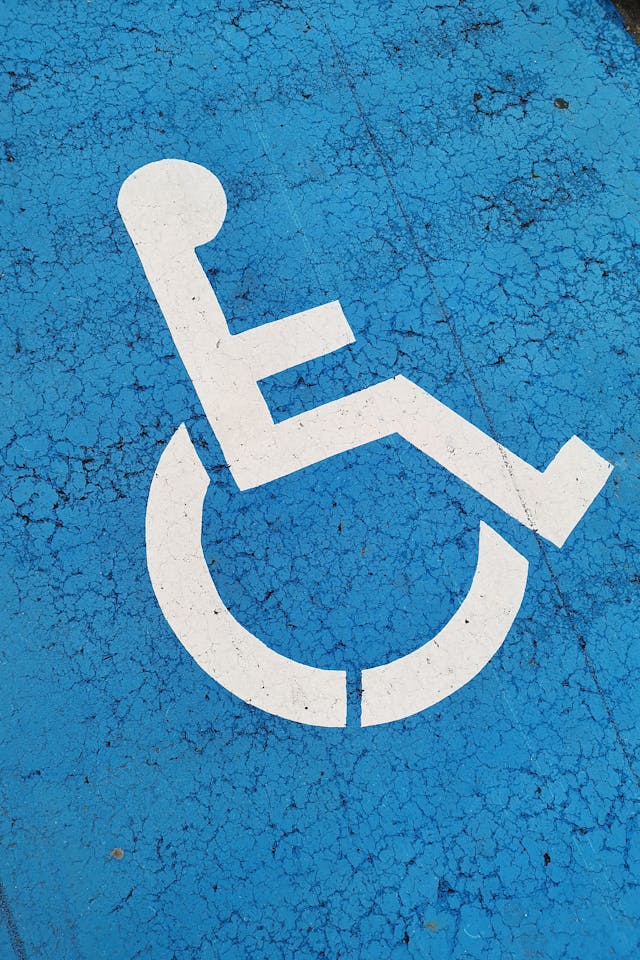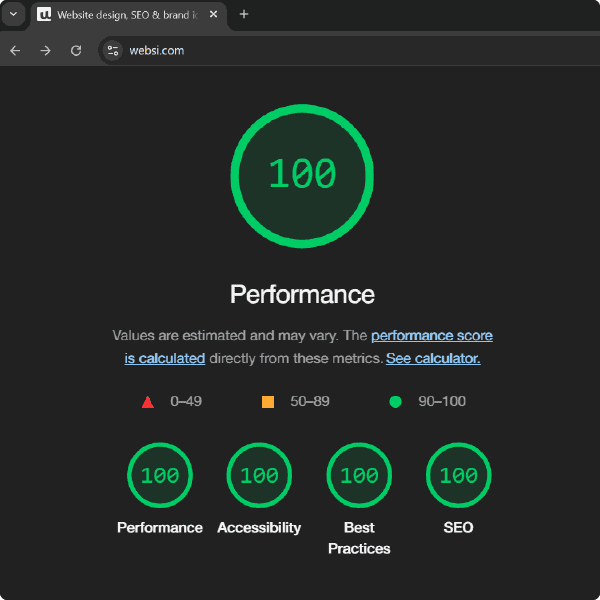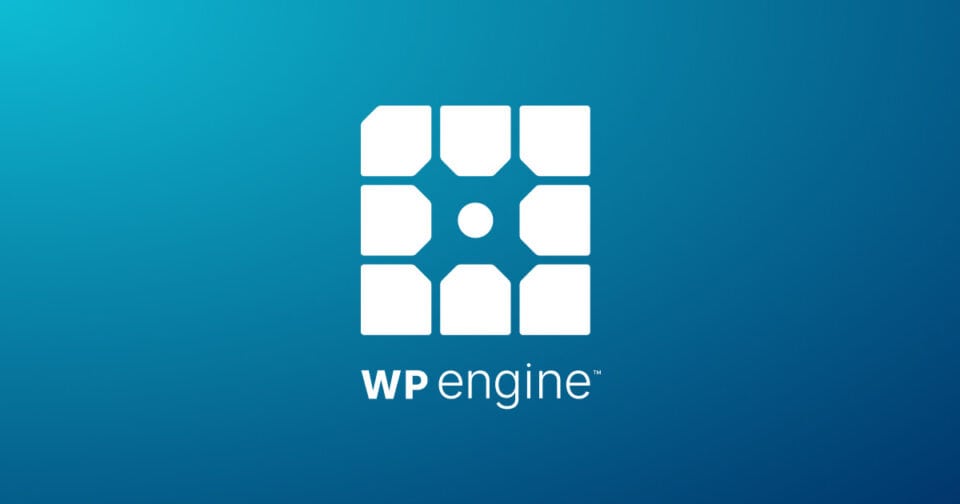What Is Website Accessibility?
Website accessibility refers to designing and developing websites so that everyone, including people with disabilities, can perceive, navigate, interact with and contribute to the web.
This includes users with:
- Visual impairments (e.g. blindness, low vision, colour blindness)
- Hearing impairments
- Motor disabilities (e.g. difficulty using a mouse)
- Cognitive or neurological conditions
Making your website accessible isn’t just ethical — it’s smart. It improves usability for all users and ensures compliance with modern digital standards.
“The power of the Web is in its universality. Access by everyone regardless of disability is an essential aspect.” — Tim Berners-Lee, W3C Director
Why Accessibility Matters for Your Business
Accessibility benefits more than just the users who need it. It improves SEO, reduces legal risk, enhances UX, and opens your business up to a larger market.
Top reasons to take accessibility seriously:
- 1 in 5 people in the UK has a disability — that’s a huge portion of your potential audience
Source: https://www.scope.org.uk/media/disability-facts-figures/ - Accessible websites rank better in search engines due to improved semantic structure
Source: https://moz.com/blog/seo-and-accessibility - Legal risk is real — UK companies must comply with the Equality Act 2010, and in the US, lawsuits under the ADA (Americans with Disabilities Act) are rising
- It improves mobile usability, conversion rates, and customer loyalty
What Your Developers Should Be Doing (And What Websi Does)
At Websi, accessibility isn’t an afterthought — it’s baked into every build. Here’s what we focus on as standard:
✅ Technical Accessibility Practices:
- Proper semantic HTML (e.g. logical heading order: H1, H2, H3)
- Alt text for all meaningful images
- Keyboard navigation support — every action should be achievable without a mouse
- Focus indicators for inputs and links
- Descriptive link labels (“Learn more about our UX process” not just “click here”)
- Accessible forms with proper labels, error handling and field grouping
- ARIA roles where necessary for screen reader support
- Sufficient colour contrast for readability
We also use fluid typography, scalable layouts, and ensure your site can adapt to zoom and text-resizing tools.
What Are WCAG Standards?
The Web Content Accessibility Guidelines (WCAG) are the international standard for digital accessibility, created by the World Wide Web Consortium (W3C).
The guidelines are based around four key principles: websites should be Perceivable, Operable, Understandable, and Robust — often referred to as the POUR model.
There are three levels of conformance:
- A – basic
- AA – the legal and recommended minimum
- AAA – the highest, often used by public sector or large institutions
At Websi, we aim to meet at least WCAG 2.1 Level AA in all our projects.
Source: https://www.w3.org/WAI/standards-guidelines/wcag/
How to Test Your Website’s Accessibility
Here are a few tools we recommend for evaluating accessibility on your site:
- WAVE Accessibility Tool
https://wave.webaim.org
Provides a visual overlay of accessibility errors and suggestions - Google Lighthouse
Built into Chrome DevTools
Includes an accessibility score and audit - axe DevTools
https://www.deque.com/axe/devtools/
A powerful browser extension used by developers - Screen Reader Testing
Try using your site with free tools like NVDA (Windows) or VoiceOver (Mac) - Contrast Ratio Checker
https://webaim.org/resources/contrastchecker/
Ensures your colours meet minimum contrast guidelines
Don’t just rely on automated tools — manual testing and human empathy are key.
Let’s Make Your Website Accessible — and Inclusive
At Websi, we believe accessibility is a standard, not a bonus. Whether you need a full audit or a new build done right, we’re here to help ensure your website is usable by all — and legally compliant too.
📞 Book your free discovery call today and let’s talk about making your digital presence inclusive, ethical, and high-performing.






